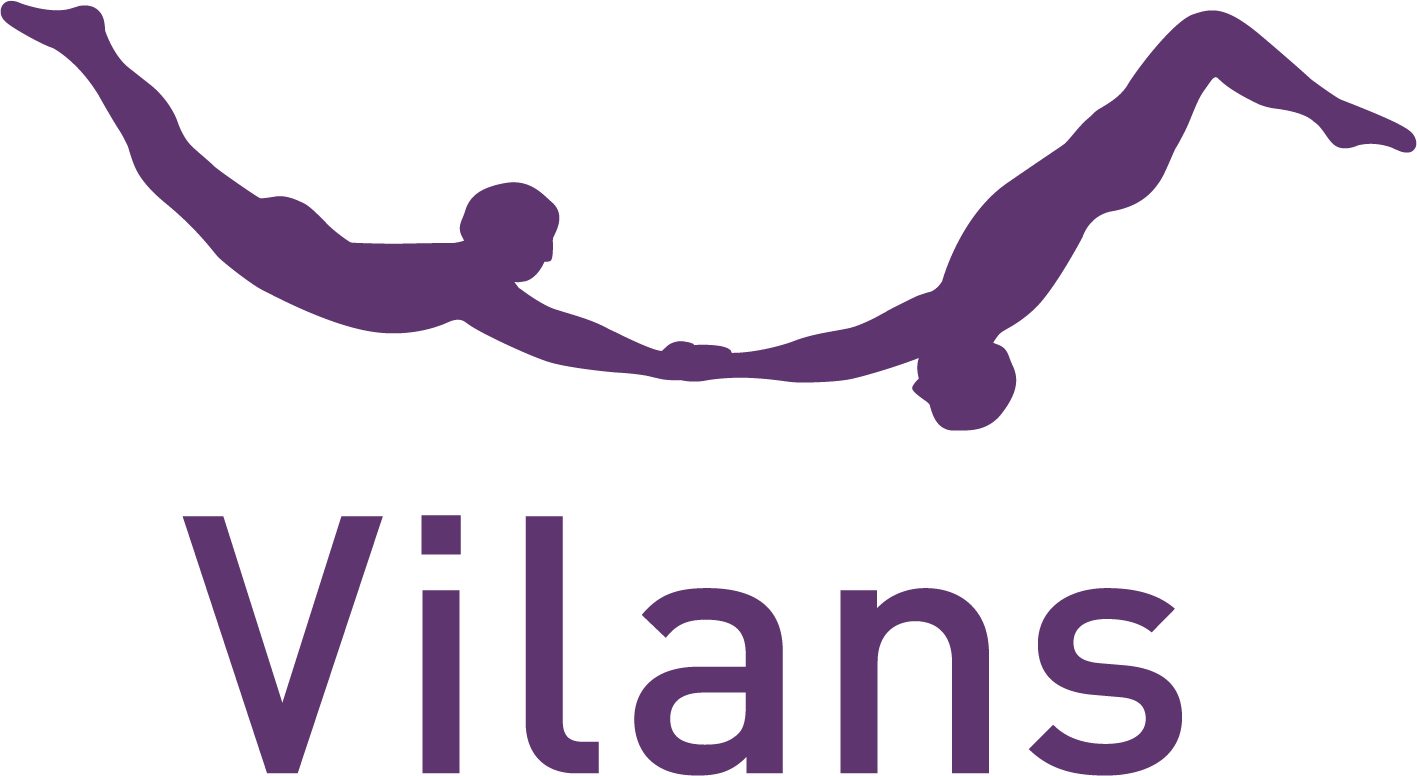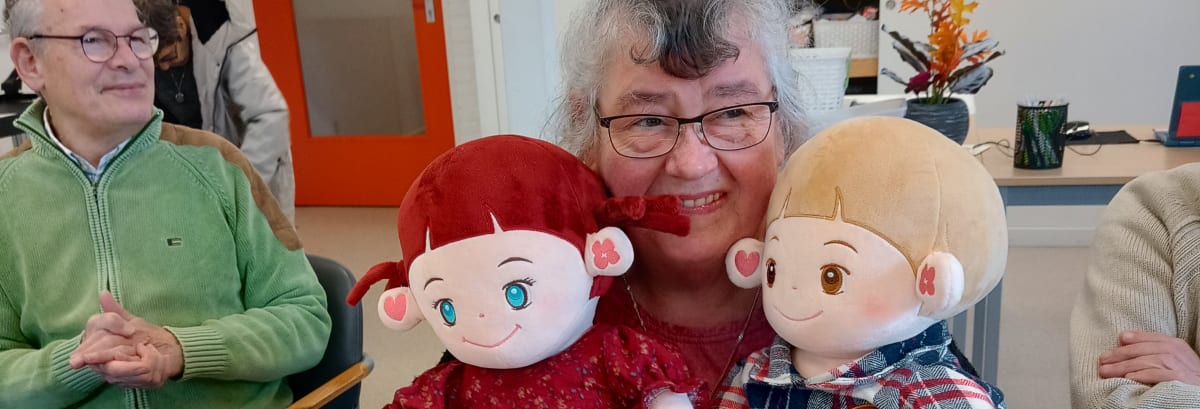Exploring care robots in the Netherlands
Published on: 20-10-2025
In South Korea, the Hyodol robot, widely known as a robot grandchild, has been distributed through municipal welfare services since 2017. If offers companionship, music, reminders and simpel interaction. It is monitored via an app-based dashboard. More than 10.000 units are in use, with municipalities integrating Hyodol into 'smart elderly care services'. It was a large-scale, welfare based adoption that drew Vilans' attention as a starting point for Dutch research.
Exploring HI-SARs in the Netherlands
In 2023, Vilans began exploratory research with a novel type of care robots, recently introduced as Huggable Integrated Socially Assistive Robots (HI-SARs). As means to an end for this exploratory research, Vilans introduced the South Korean Hyodol in Dutch care organisations for older adults and disability care. In 2024, the pilots continued with the later adopted Dutch-language version Maatje doll at Mijzo (care organisation for older adults), Basalt Rehabilitation Centre and Prisma (disability care organisation). Across these pilots, the aim was to examine how and under which conditions HI-SARs such as Hyodol or Maatje doll support in activities of daily life, reduce distress among clients, and save caregivers’ time for other healthcare related tasks.
Care organisation for older adults (Mijzo)
For several weeks, residents with dementia interacted with the Maatje doll. Staff observed episodes where music calmed agitation and created short moments of rest for older adults. Some residents held or stroked the doll as a source of comfort. At the same time, residents in later stages of dementia sometimes acted disoriented by the spoken prompts. These diverse responses suggest the need to align functionalities with cognitive profile and circumstances.
Rehabilitation centre (Basalt)
At Basalt, a person recovering from a stroke tested the robot for one week, together with her formal caregivers and her husband, who acted as informal caregiver. Initially, the structured reminders and the music were experienced as supportive. However, the interaction diminished as the limited music content of the demo-version was repeated. Staff concluded that personalisation (uploading preferred music and automating daily prompts) was essential for further use in rehabilitation.
Disability care (Prisma)
In the disability care study, clients with intellectual disabilities showed highly individual reactions. Some interacted directly – pressing hands, dancing, talking back – while others were not engaged with the device or redirected responses to staff. Interviews with care professionals identified autonomy, social interaction and inclusivity as central values to consider in deploying such care technology. Furthermore, it led to insights in preferred voice selection (gender, and child or adolescent voice) of the HI-SAR and to personalisation options in choosing the male or female version of the HI-SAR.
Lessons from these pilots: design and implementation guidance of HI-SARs
Consolidating results across care for older adults, rehabilitation, and disability care, Vilans researcher and PhD candidate on Social Robotics Bob Hofstede and colleagues published their findings in Frontiers in Robotics & AI, introducing the concept of Huggable Integrated Socially Assistive Robots (HI-SARs):
- Frontiers | Huggable Integrated Socially Assistive Robots (HI-SARs): exploring the potential and challenges for sustainable use in long-term care contexts
- The Dutch newspaper Algemeen Dagblad already highlighted Vilans' research recently in one of their articles (in Dutch): Hoe zorgrobots al duizenden Japanse oudjes op de been houden: 'Ze werken hier samen mét ons' | Tech | AD.nl). (a subscription is needed to read this article).
Bob Hofstede and his colleagues recommend four strategies:
- Personalisation: the use of personalisation, for example, customizable voices and personalised message content can improve acceptance and sustain engagement.
- Monitoring and sensor data: simplified dashboards and proactive use of sensor input can trigger timely interactions.
- Start with cognitive impairment as user group: the explorations in the Netherlands showed we preferably start with people with dementia and intellectual disabilities as initial target groups.
- Individual allocation: encourage individual use to enhance hygiene and tailor experiences to client needs.
These strategies highlight the promise of HI-SARs in diverse care contexts, while underlining the need for further research on usability, ethical acceptability, and impact.
For Vilans, the significance of these explorations lies in building knowledge for a care and support system in transition, where technology will increasingly integrate to complement care and support. The early evidence demonstrated that HI-SARs can support independence, reablement, and staff relief – but only when configured, personalised, and ethically developed and implemented.
As Hofstede summarises: ‘The question is not whether SARs work in general, but for whom, in which context, and under what safeguards they add value. This is where Vilans as a national knowledge organisation comes in: by bringing research, practice and relevant stakeholders together to explore and gain insight into the real-world added values for clients and caregivers.‘







